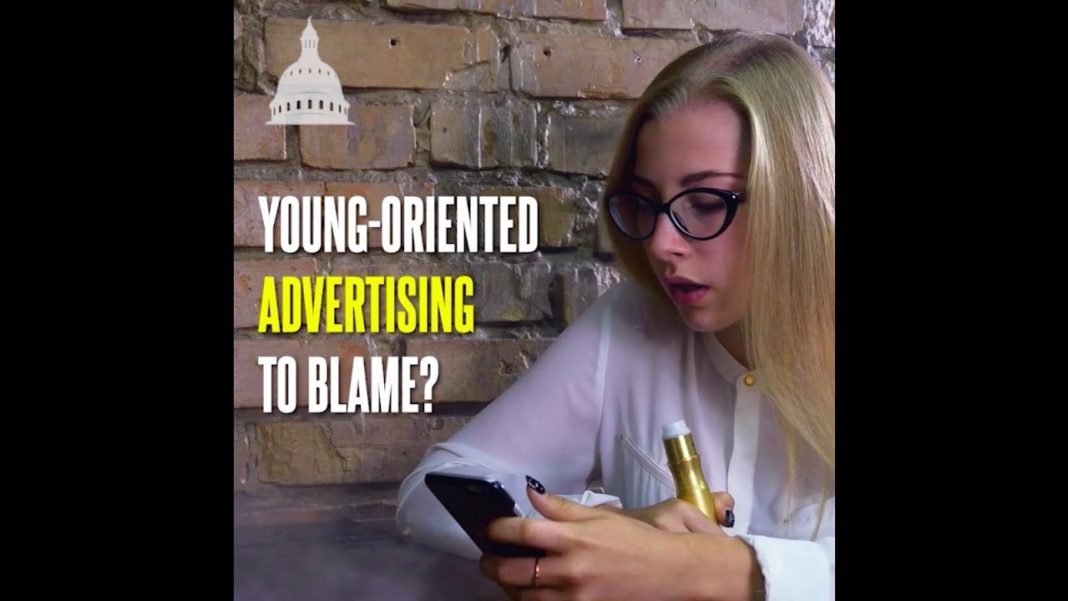When a child in a public school needs a cafeteria lunch but doesn’t have funds to pay for it, the burden of lunch debt often falls on the student.
National news and public backlash can follow overzealous school administrators who take it upon themselves to punish children for lack of funds. This is usually because the balance on an account with SchoolCafe—or another service that lets parents pay for children’s lunches or track their eating habits—is insufficient.
A recently publicized case involved elementary student Jefferson Sharpnack at Green Primary School in northeast Ohio. This past September, on a day that happened to be his birthday, the staff took away his lunch of cheesy breadsticks as he ate with friends.
Stories like these are not uncommon and are generally seen as a needlessly cruel reminder of how American public institutions value money over people.
The good news is that lunch debt is becoming a thing of the past in Texas schools. Many of the biggest districts have eliminated it altogether or have modified the concept to reduce the impact on children.
For instance, in Northside ISD, the system allows a child up to five charges for meals once the account has become negative. Parents receive letters and phone calls informing them that they have a negative balance and encouragement to pay it off, but no action is taken against the child.
If a child surpasses the five charges, the student still gets to eat what’s called a courtesy meal, which is typically a ham or turkey sandwich, vegetable choice, and milk. These are provided free of charge without limit.
“We do not take a tray away from a student,” says Director of Nutrition Thomas Wherry. “If they make their way into a line past their five charges, we’ll just let them charge. That’s not a problem.”
Wherry also says that the cafeteria managers are more than willing to work with parents who are having trouble keeping their accounts in the black so their children can continue to eat.
Other school districts have simply decided that all meals will be free of charge for students. Houston ISD, the state’s largest district, announced this year that all students will have free meals. It comes at the behest of the USDA’s Community Eligibility Program, which allows districts with the nation’s highest poverty schools to receive funding covering all meals without students having to be enrolled in a free or reduced-price lunch program.
Nutrition Services Officer Betti Wiggins said in a press release earlier this year that the new policy will lift financial burdens on parents and reduce the amount of lunch shaming that many kids experience when they are seen with separate meals from their peers.
Dallas ISD is another Texas school district making school meals completely free.
“The program we’ve had in place for close to five years now is that we do not charge for breakfast, lunch, and even sometimes supper,” says Director of News and Information Robin Harris. “We don’t have lunch debt.”
The handling of lunch debt has been a haphazard issue many have started to think should be addressed by national policy. It’s estimated that more than 13 million children in America come from food-insecure households, and only receive regular, nutritious meals from school. Some 22 million kids nationwide rely on the USDA free and reduced-price lunch program to eat.
Because children are required by law to attend public schooling unless otherwise enrolled inequivalent education, some believe the government has a moral obligation to feed students. While many children bring their own lunches rather than eating cafeteria food, the millions of kids who live in food insecurity indicate the problem is larger than telling parents to buy a loaf of bread.
The shaming aspect must also be addressed. The case of Jefferson Sharpnack and others like him is an extreme one, but many schools indulge in behavior that singles out children that, through no fault of their own, cannot afford to eat that day.
Cy Fair ISD previously sent home elementary school children with giant red stickers declaring their negative balances affixed to their clothes. These students were required to wear the stickers all day until their parents picked them up. The practice was discontinued several years ago, replaced by an automated phone call to parents when their account is negative.
Thankfully, the largest school districts in Texas have seriously tackled the problem of lunch debt. However, there is still much to do. Austin ISD, for instance, still had a lunch debt problem as of the last school year.
A ten-year-old boy, Ben Hofer, started a crowdfunding campaign to clear the district’s lunch debt that raised $10,000. While that story is a testament to young Hofer’s community spirit, the idea that something as systemic as a major city’s school lunch program should need to be solved by private crowdfunding is horrifying. Hopefully, Texas will continue to move in the right direction.






